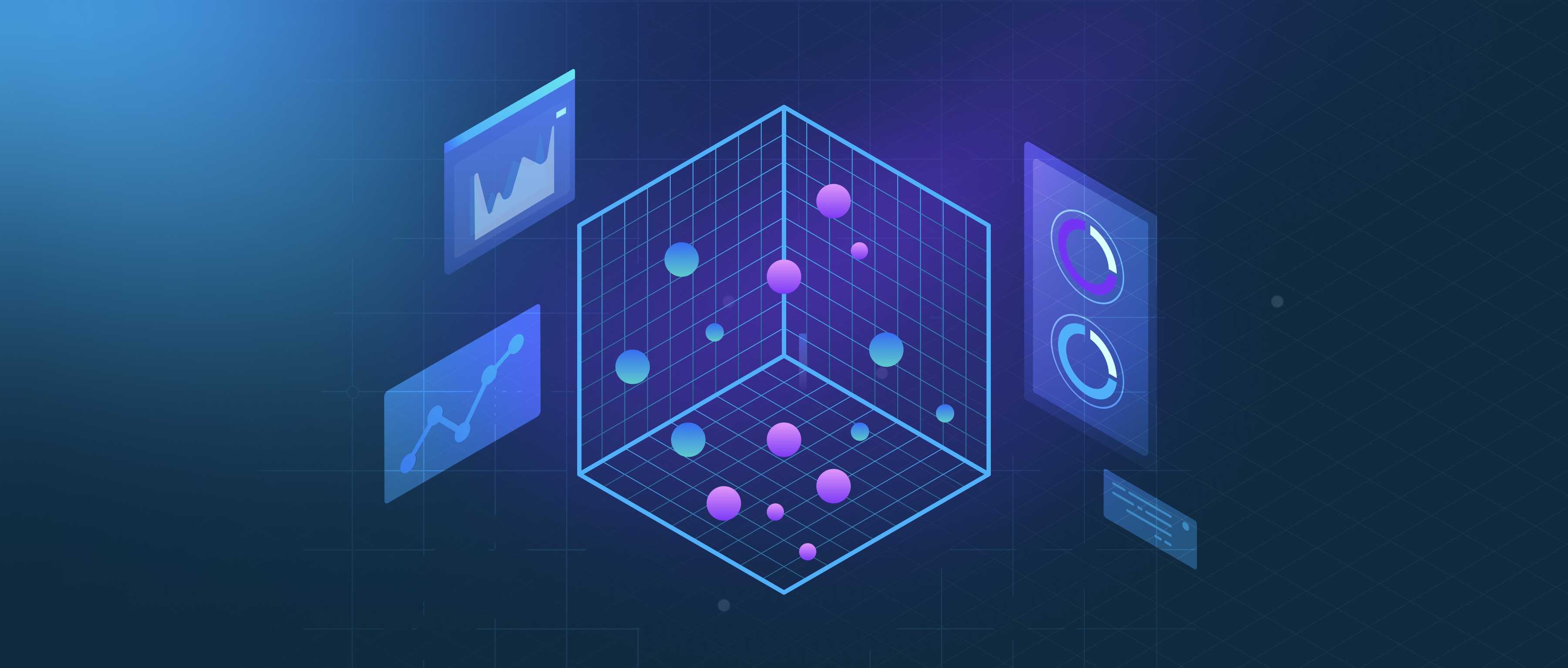Attention mechanisms play a significant role in reinforcement learning (RL) by allowing models to focus on relevant parts of the input data while making decisions. This is especially useful in environments with a large amount of information where not all data is equally important for decision-making. By integrating attention, an RL agent can prioritize certain features or elements, improving its learning process and overall performance. For instance, in a gaming scenario where an agent must navigate through various obstacles and rewards, attention can direct the agent's focus towards immediate threats or beneficial items, enhancing its ability to make optimal choices.
One common application of attention in RL is found in natural language processing tasks where environments can be represented as sequences of text. In such scenarios, an RL agent may need to select actions based on the context provided in the text. Using attention, the agent can effectively identify and concentrate on certain keywords or phrases that are crucial for understanding the context, thus guiding its decision-making process. For example, in a text-based adventure game, the agent can use attention to focus on the parts of the text that describe available actions, enabling it to choose the next move more intelligently.
Moreover, attention mechanisms can improve the agent's ability to generalize from past experiences by maintaining a memory of relevant states or actions. This is similar to how humans recall specific details from past experiences while ignoring others that are less critical. In reinforcement learning, this can be implemented through models like the Transformer architecture, where the attention mechanism helps to weigh the importance of historical states and actions based on their impact on current rewards. Thus, attention not only aids in decision-making in real-time but also contributes to more effective learning from previous experiences, allowing RL agents to adapt and perform better in complex environments.
